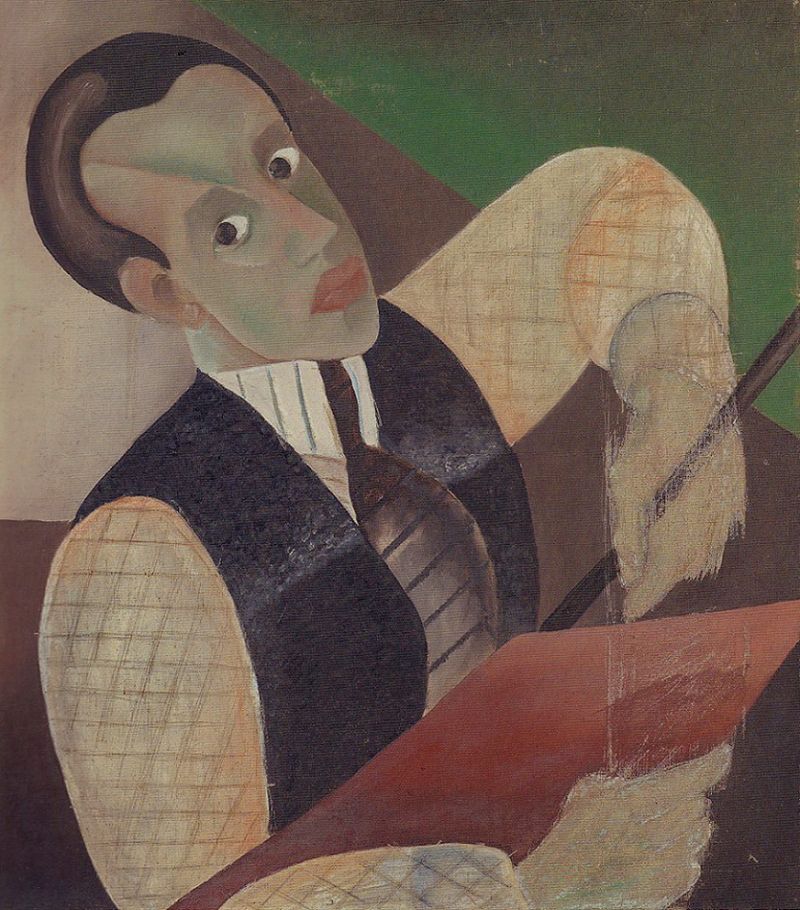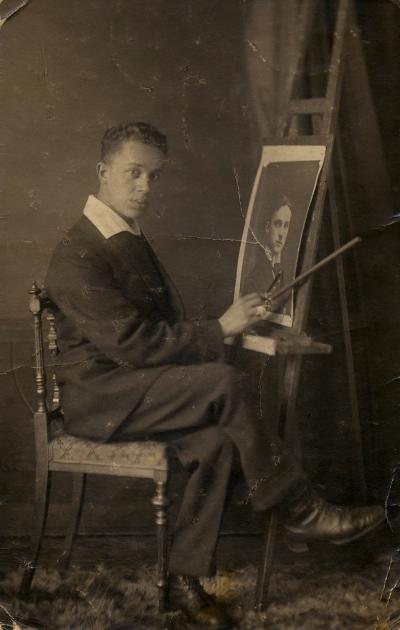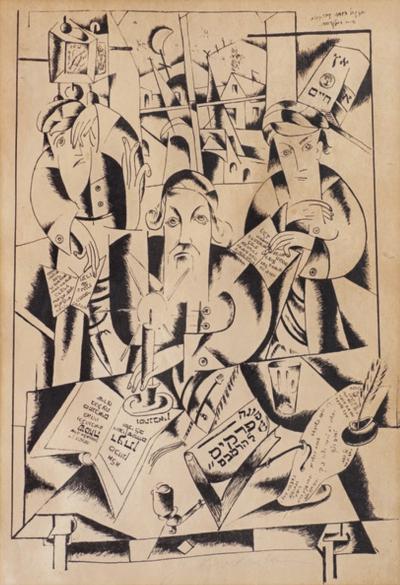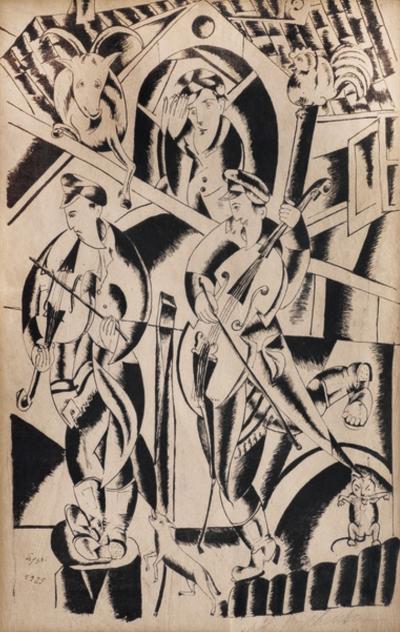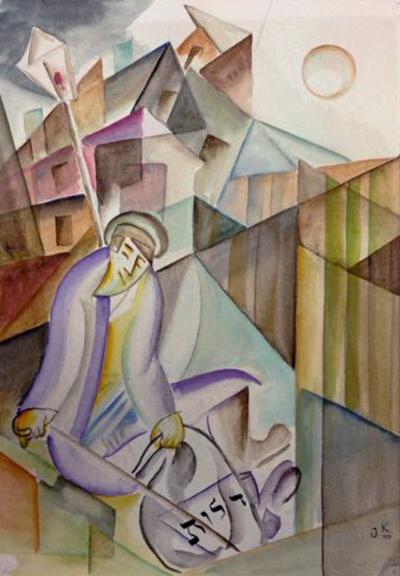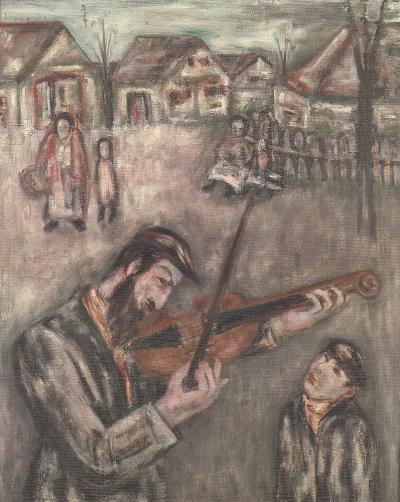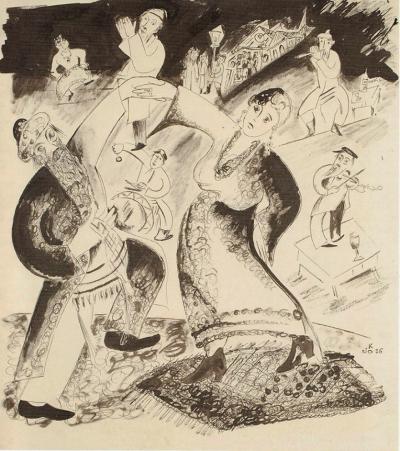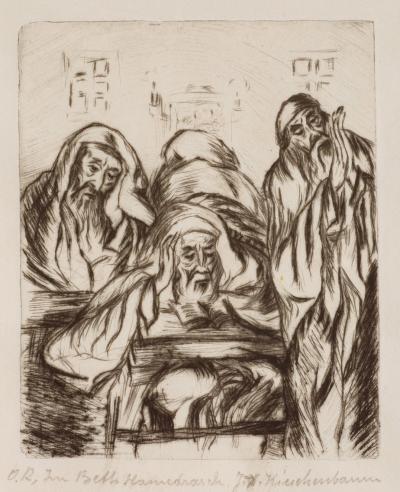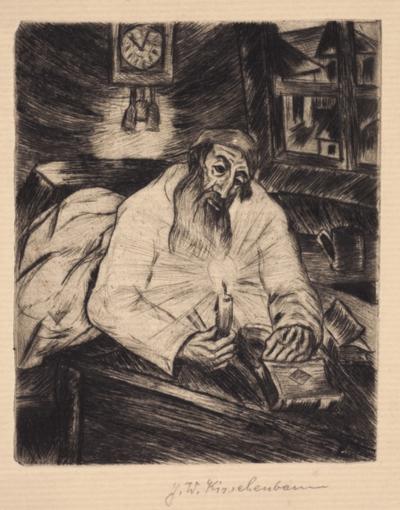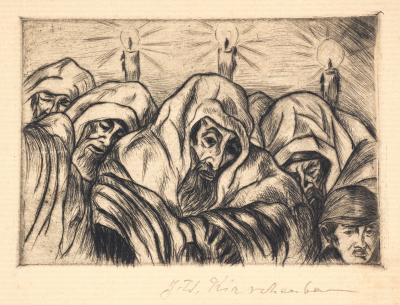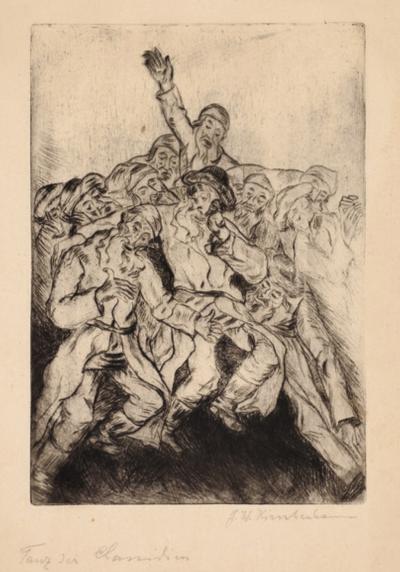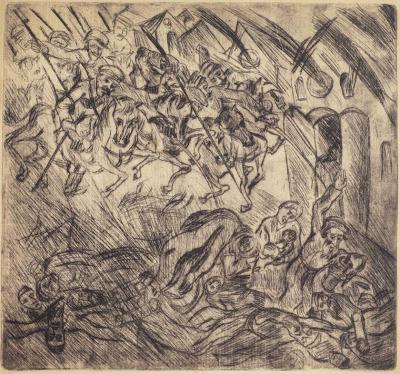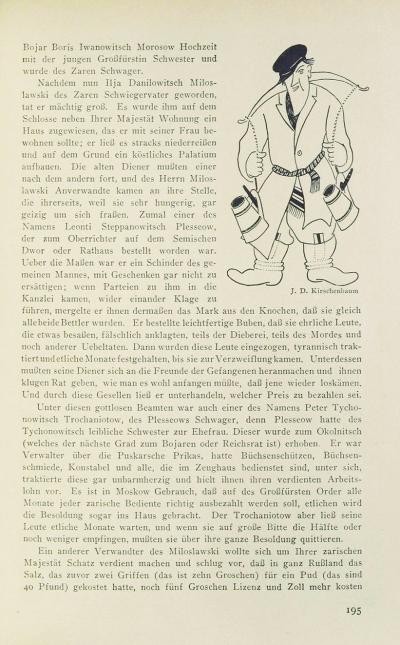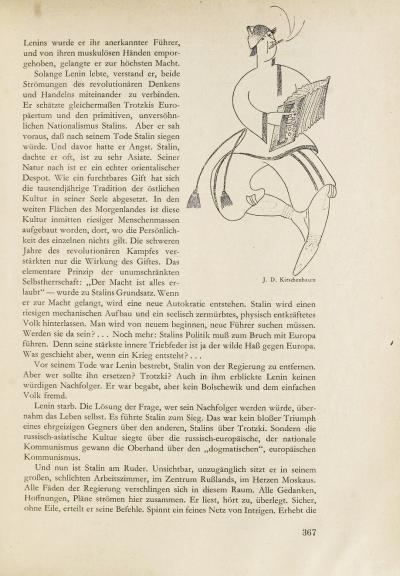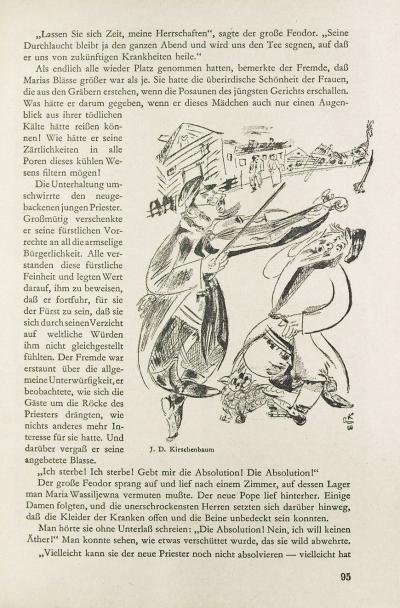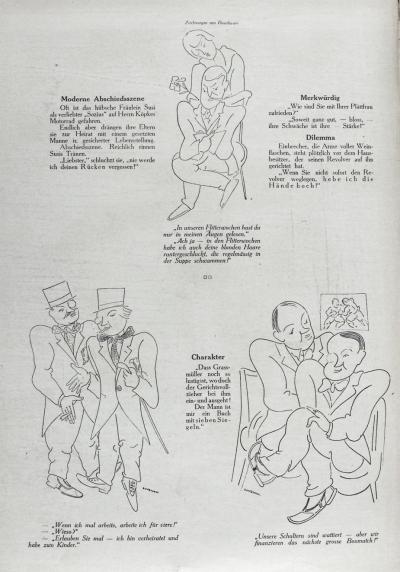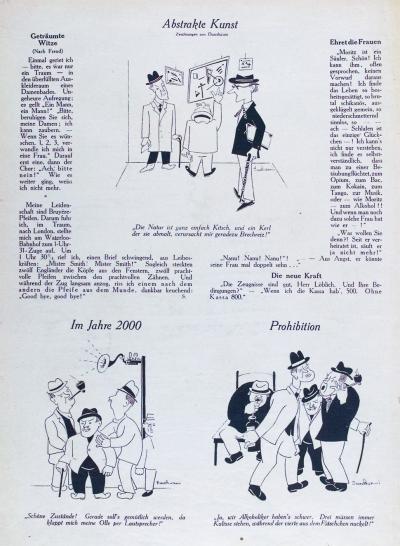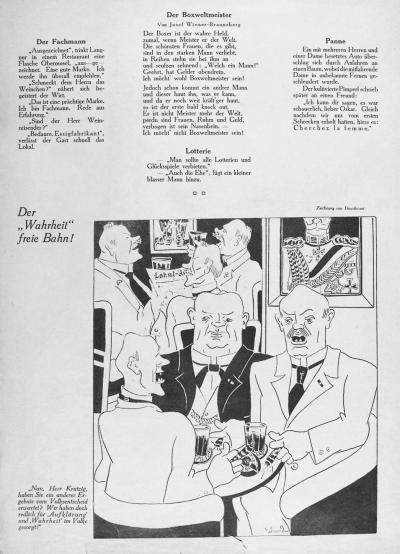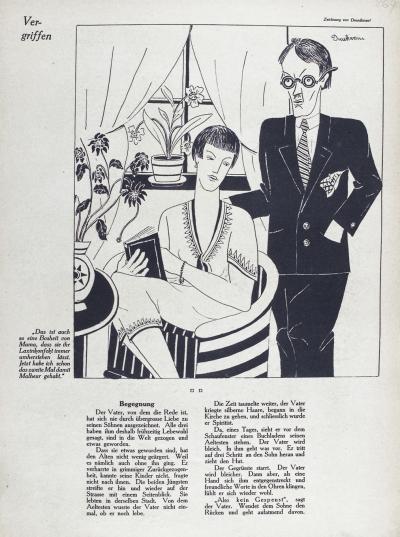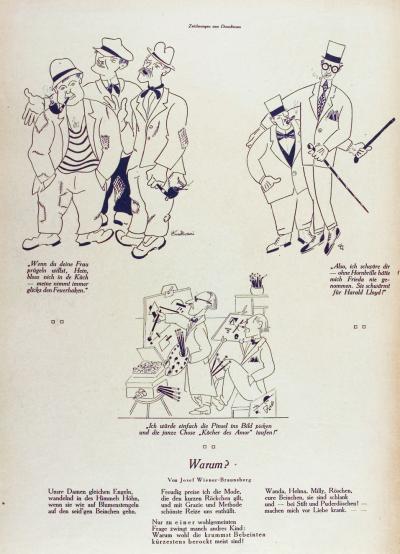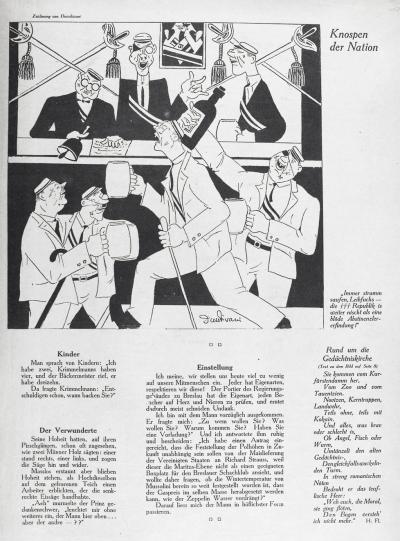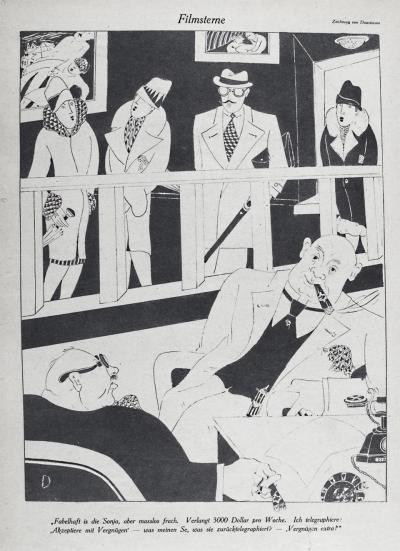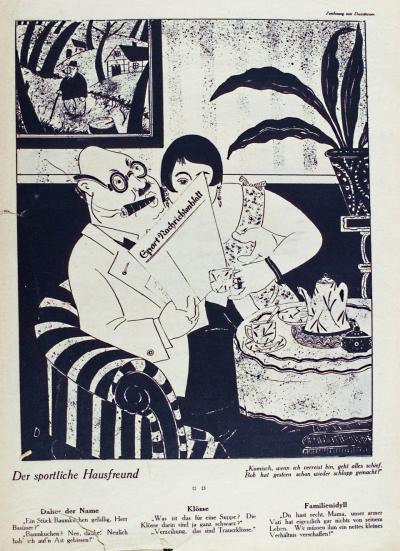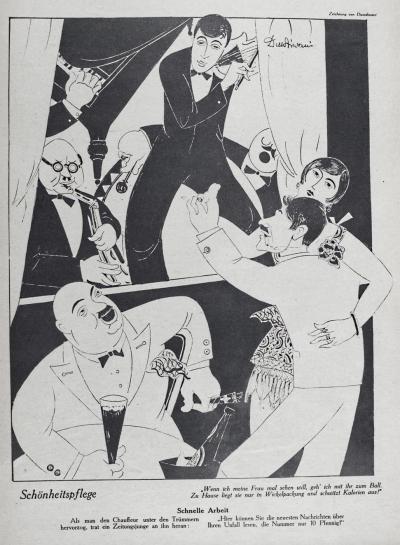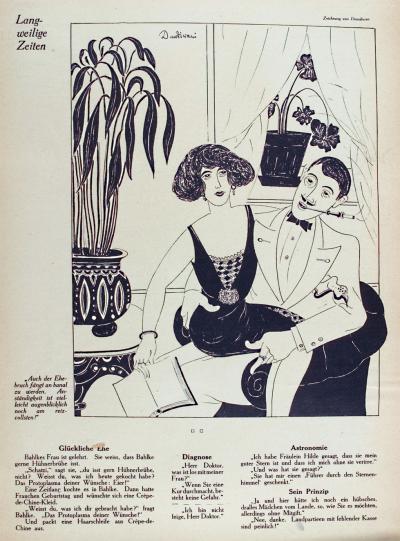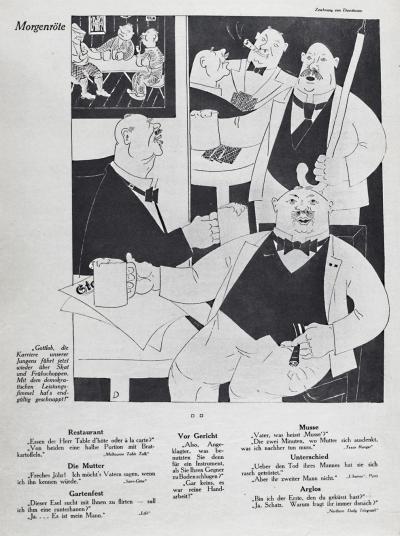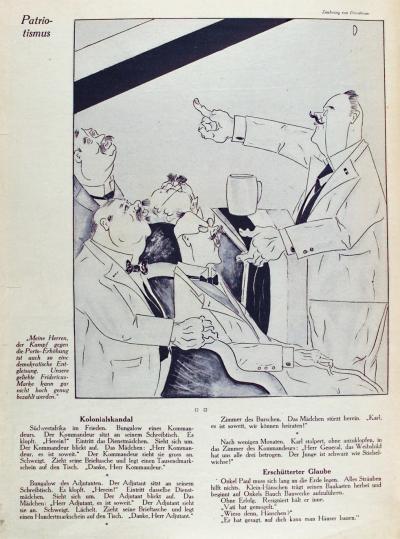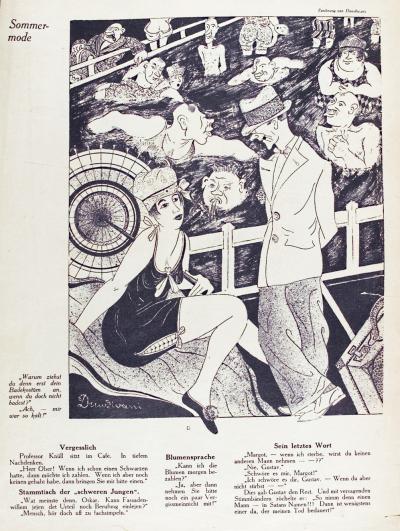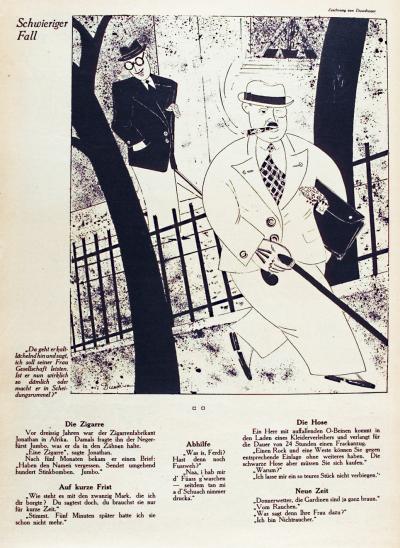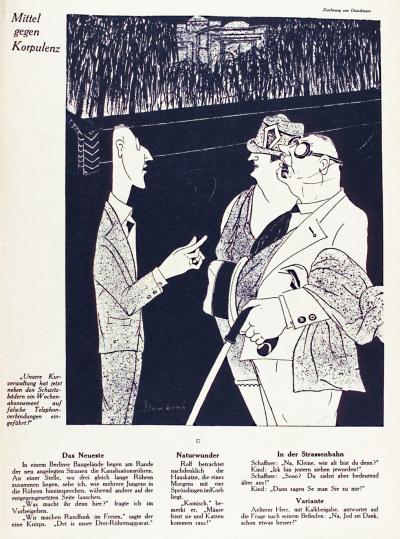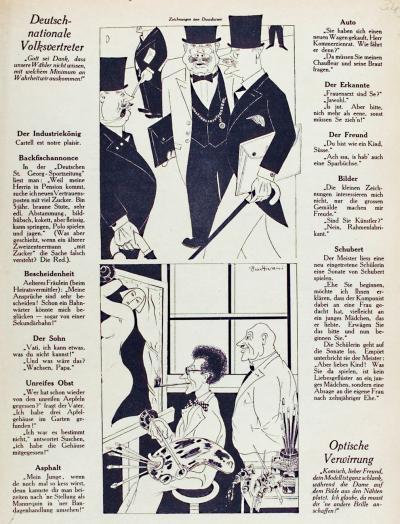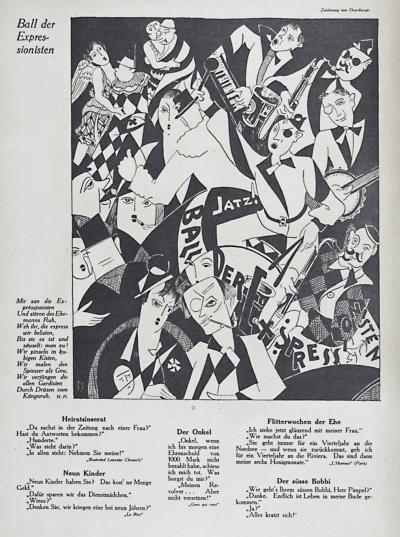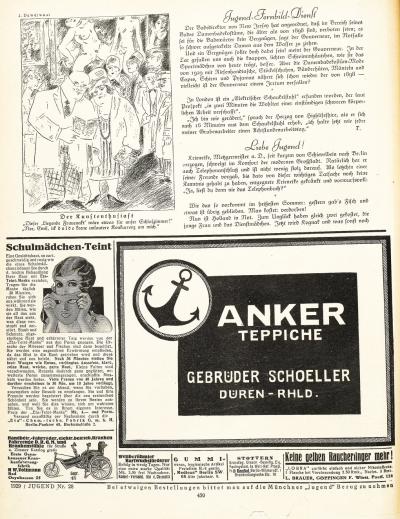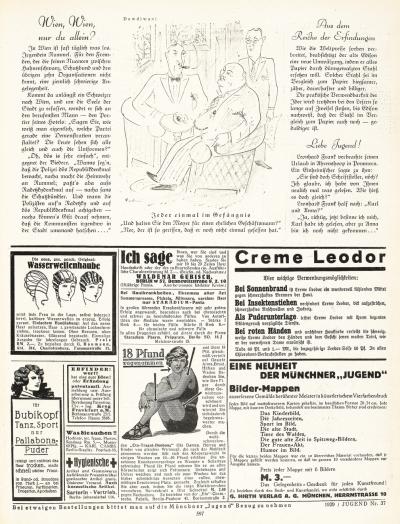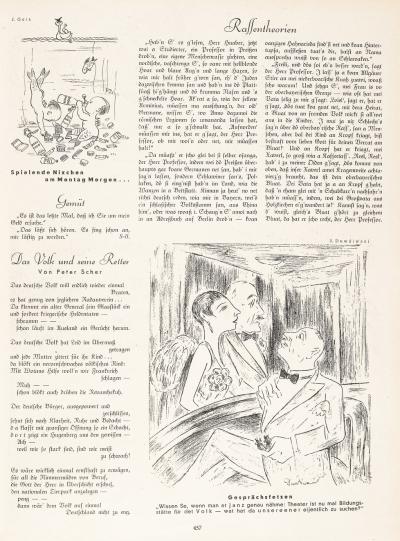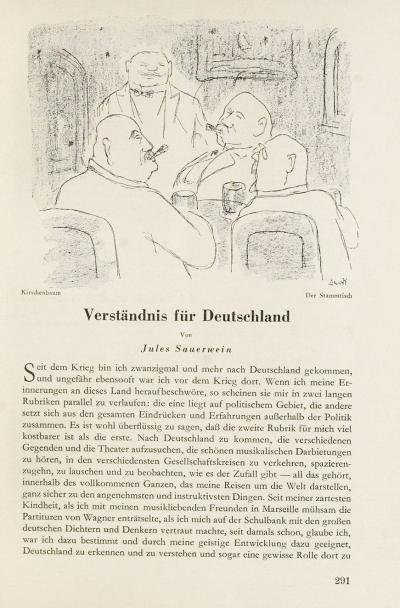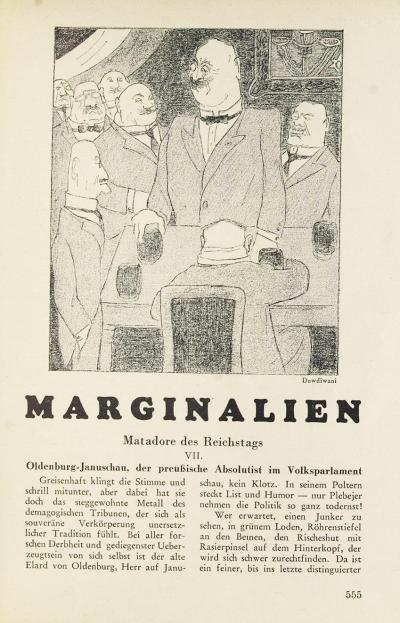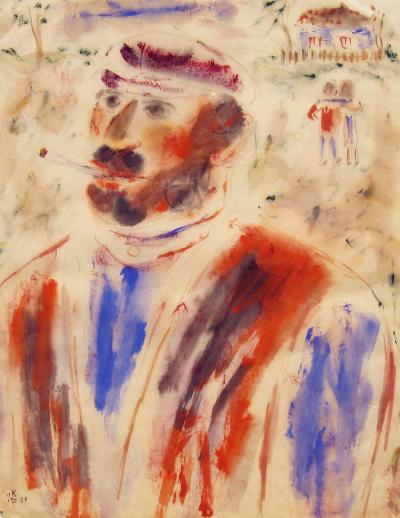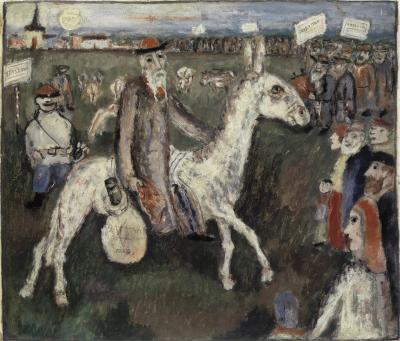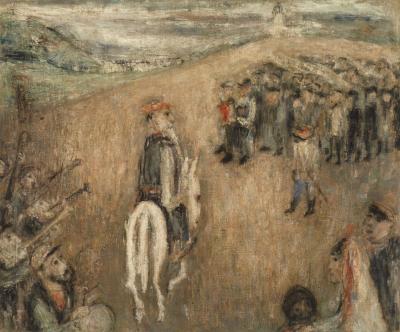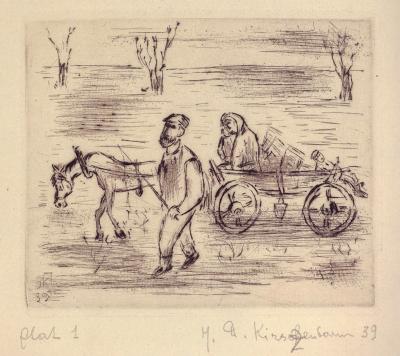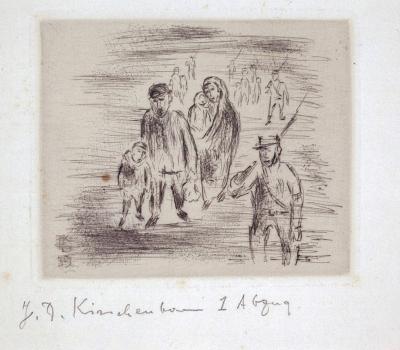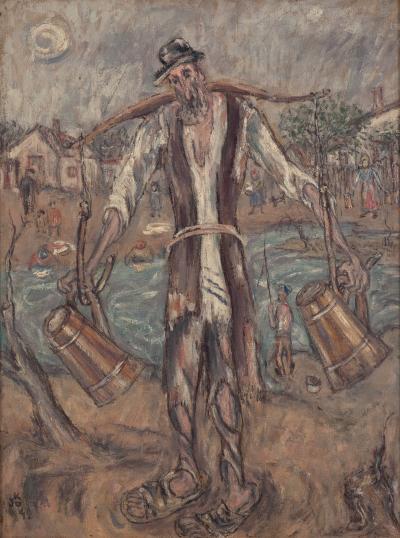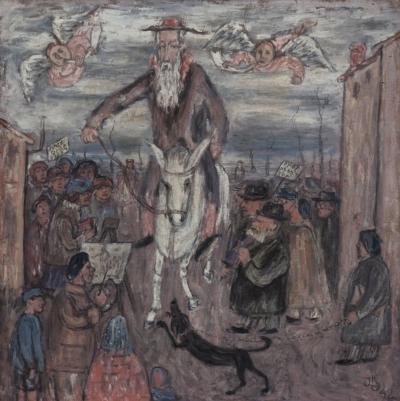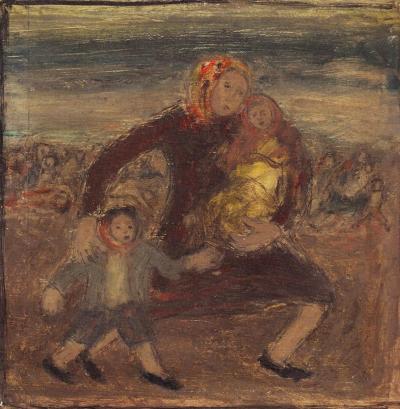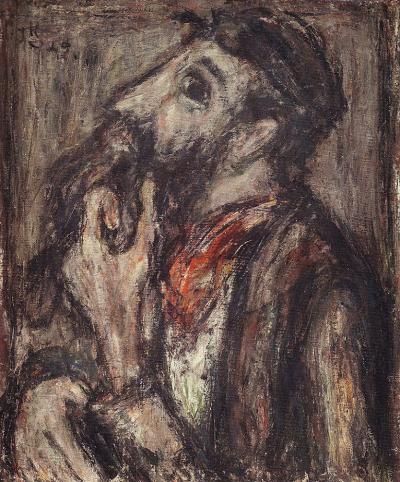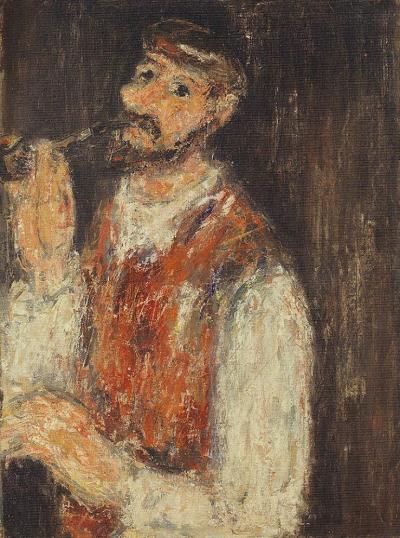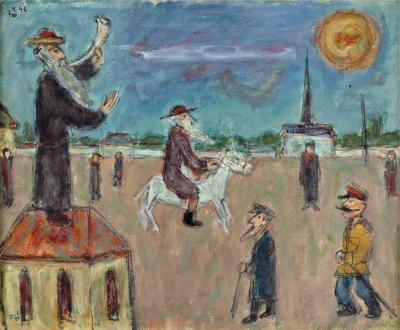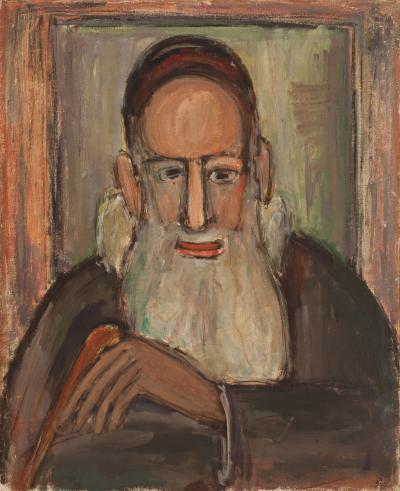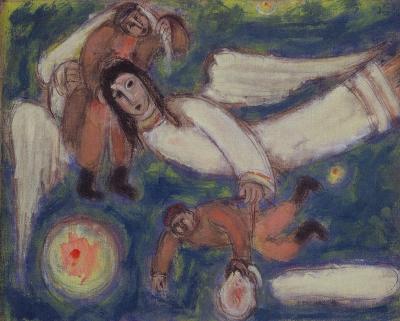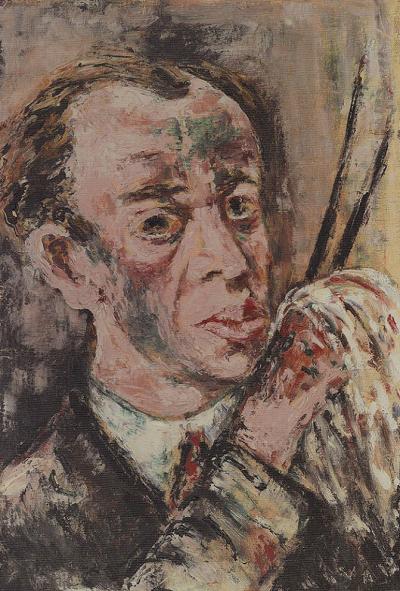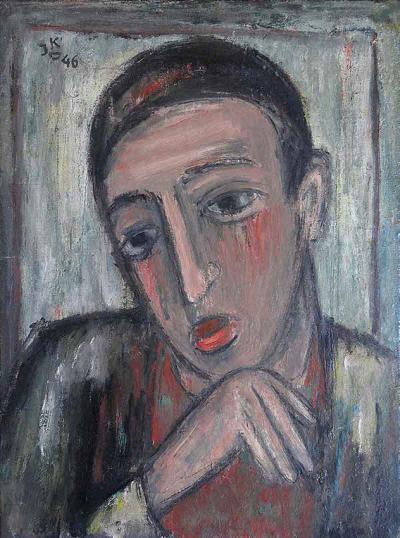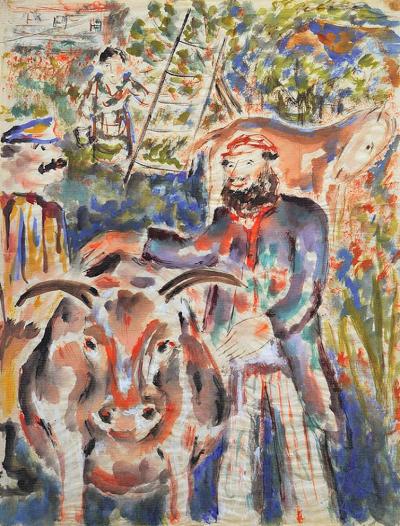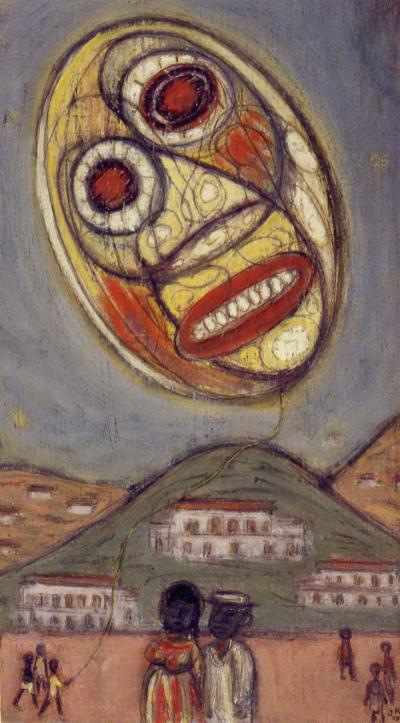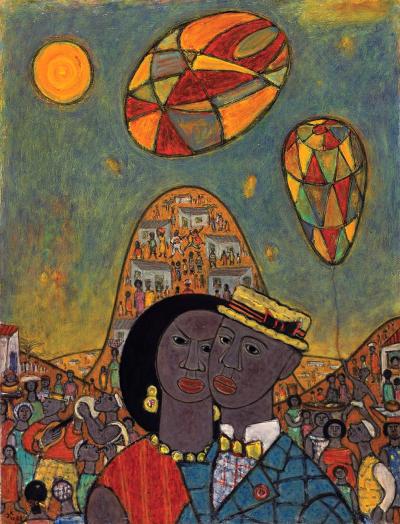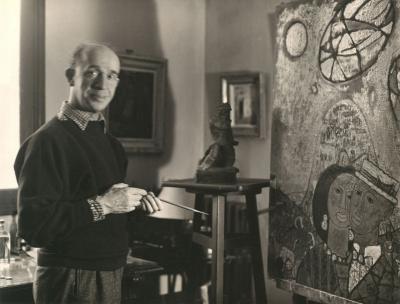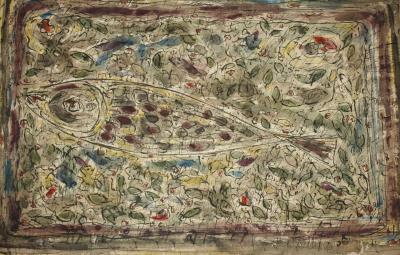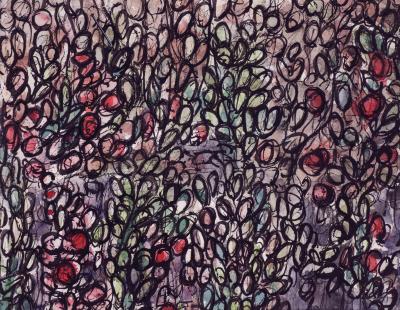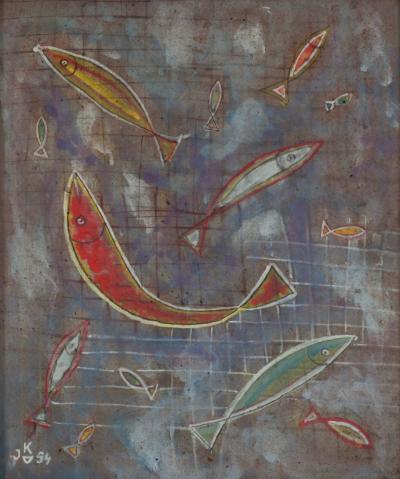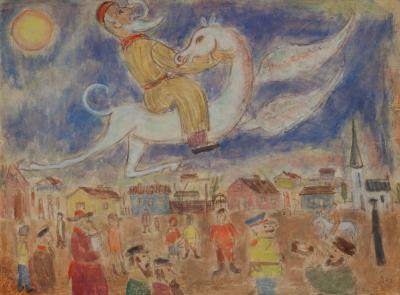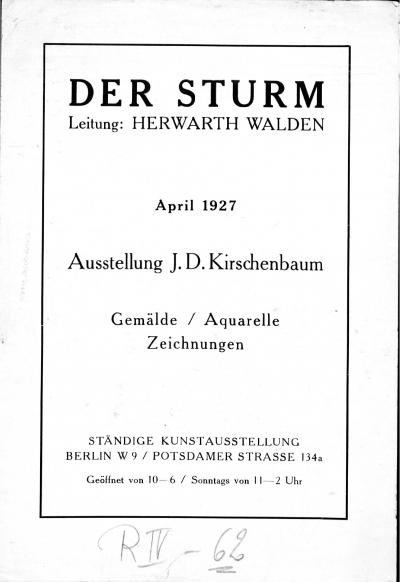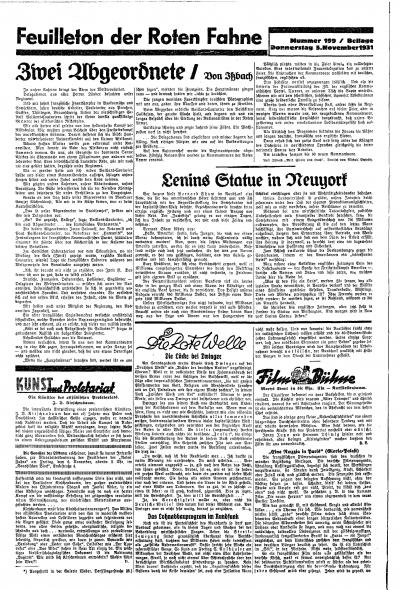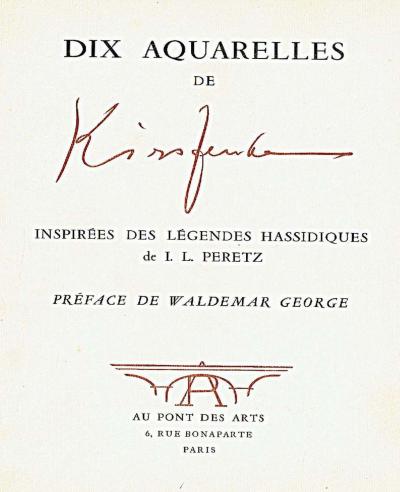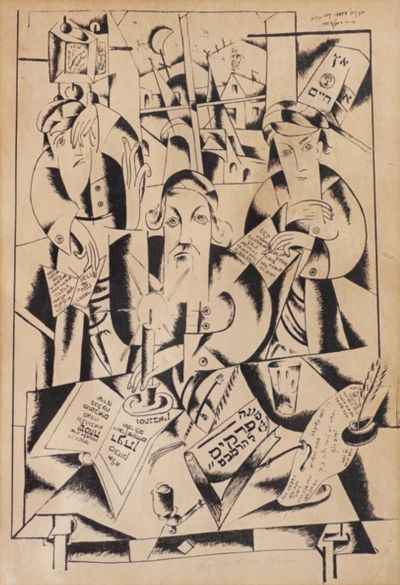Jesekiel David Kirszenbaum (1900–1954). Student of the Bauhaus

This coincided with Walden’s enthusiastic support for artists from Eastern Europe. In contrast with his rejection of constructivism, he supported the Polish artist Henryk Berlewi (1894-1967) in 1924 by printing his manifesto “Mechano-Faktur”[26] and by giving him an exhibition in the Sturm gallery, as well as supporting the artists of the Warsaw Group Blok which he co-founded with Berlewi, Teresa Żarnowerówna (1897-1949) and Mieczysław Szczuka (1898-1927). When Szczuka was killed in an accident whilst hiking in the mountains in August 1927, Walden wrote an enthusiastic obituary in the Sturm.[27] The death of Szczuka meant that Kirszenbaum was a welcome addition to Walden’s fold of artists in April 1927, combining as he did his heritage from the part of Poland previously governed by Russia with the expressive motifs of Hasidic Judaism. In 1930 Kirszenbaum wrote in a letter to Paul Citroen that the art critic Max Osborn (1870-1946), editor of the people’s Vossische Zeitung, had described him as a “very strong painter” but had lamented the fact that he did not belong to the same cohort as Marc Chagall” or that he had not come on to the market before him.[28] In the exhibition catalogue of the Galerie Fritz Weber, which showed Kirszenbaum’s work from November 1931 in Derfflingerstraße 28 in the Tiergarten district, Collin again commented that the artist had “freed himself from his role model Chagall” in the last four years and had found a stylistic expression of his own.[29]
In 1929, Kirszenbaum was able to temporarily compensate for losing Ulk as a client by arousing the interest of the Munich magazine Jugend, a multifaceted popular paper published since 1896 as a weekly paper for art and life with numerous cartoons and reproductions of artworks. It is not known how this contact came about. However, from other cartoonists of the time we know that it was usual for artists to apply to different magazines or for them to find work with them through agents and authors, who worked for different publication media.[30] The first of Kirszenbaum’s drawings for Jugend, two men having a conspiratorial conversation, appeared under the pseudonym “J. Duwdiwani” in July 1929.[31] However, until July 1931 Kirszenbaum was only able to place seven of his drawings with the magazine (Fig. 32-34), most of them appearing in a compact format and on less interesting pages, with the editorial departments almost certainly devising the accompanying satirical text.[32] Cartoons, which Kirszenbaum would undoubtedly have been unable to publish in any of the aforementioned magazines, can be found in letters to Paul Citroen from 1932 and 1934 in the Bauhaus Archive collection in Berlin, including a cartoon of Hitler: “The handsome Adolf as an acrobat” and a drawing “Professor of ethnogeny in the Third Reich”.[33]
It is not clear whether Kirszenbaum stayed in contact with Herwarth Walden after his exhibition in the Sturm Gallery. However, he had at least one work on display at the November Group’s Ten Year anniversary exhibition in 1929 as part of the Juryfreien Kunstschau in the State Exhibition Building/Landes-Ausstellungsgebäude at the Lehrter train station in Berlin.[34] The November Group, an association with 120 to 170 members founded in 1918 as a tribute to the November Revolution, found its recruits predominantly amongst the artists of the Sturm circle.[35] At this time, if not even earlier, Kirszenbaum began to form close ties to radical left-wing groups. He became a member of the Association of Revolutionary Visual Artists of Germany/Assoziation revolutionärer bildender Künstler Deutschlands (ARBKD), Asso for short, which had been founded in March 1928 by young artists from groups within the Communist Party of Germany (KPD), the communist artists’ association Rote Gruppe formed around George Grosz, John Heartfield and Rudolf Schlichter and communist members of other artists’s associations modelled on the Artists’ Association of Revolutionary Russia/Assoziation der Künstler des revolutionären Russlands (AChRR). Kirszenbaum is also said to have become a member of the KPD.[36]
In 1930 he married Helma Joachim (1904-1944 murdered in Auschwitz), who worked as a secretary to the Guild of the German Stage/Genossenschaft Deutscher Bühnen-Angehöriger. The couple initially lived in Eichwalde near Berlin, before moving to Berlin-Adlershof at the beginning of 1932.[37] In July 1930 whilst still in Eichwalde, Kirszenbaum approached Paul Citroen in Amsterdam a number of times to ask whether he would be able to help get his works published in Jewish magazines or have them shown in an “arts exhibition in Amsterdam”, stating as his reason “that I was poor and still am”.[38] Presumably on the recommendation of Citroen, the art dealer Carel van Lier (1897-1945 in the Hannover-Mühlenberg subcamp) exhibited Kirszenbaum’s drawings in his gallery in Amsterdam in 1931.[39]
[26] Der Sturm, 15th Edition, 3rd Issue, Berlin, September 1924, pages 155-159, online resource https://digi.ub.uni-heidelberg.de/diglit/sturm1924/0173/image
[27] “The new art of Poland has lost its greatest representative.” Herwarth Walden: Mieczyslaw Szczuka, in: Der Sturm, 19th Edition, 1st Issue, Berlin, April 1928, page 185 f., followed by an “Architectural Project” of the Polish constructivists, page 187-193, online resource: https://digi.ub.uni-heidelberg.de/diglit/sturm1928_1929/0007/image
[28] Letter from J.D. Kirszenbaum to Paul Citroën dated 21 October 1930, Bauhaus Archive 8034/120, quoted from Inna Goudz 2012 (see Literature), page 534
[29] Quoted from Goudz 2012 (see Literature), page 534
[30] As an example, in 1928 the Berlin author Reinhard Koester, who wrote under the pseudonym Karl Kinndt for the satirical magazines Ulk and Simplicissimus, found work for the Flensburg cartoonist Herbert Marxen with the Rudolf Mosse publishing house in Berlin and consequently with Ulk and with Jugend in Munich. (Axel Feuß: Herbert Marxen – A Life in Cartoon, in: Politically Incorrect. The Flensburg cartoonist Herbert Marxen (1900-1954), Exhibition Catalogue Museumsberg Flensburg, 2014, page 19)
[31] Jugend, 34th Edition, Munich 1929, No. 27, page 437, online resource http://digi.ub.uni-heidelberg.de/diglit/jugend1929/0440
[32] How editors handled the satirical drawings at their regular editorial meetings is well documented for Herbert Marxen (see comment 30, Feuß 2014, page 20 f.). All Kirszenbaum’s drawing in Jugend can be found by entering the search term “Duwdiwani” in the Heidelberger historical inventory – digital, https://www.ub.uni-heidelberg.de/helios/digi/digilit.html
[33] “The handsome Adolf as an acrobat”, letter to Paul Citroen from 2 January 1932, Inv. No. 8034/134; “Professor of ethnogeny in the Third Reich”, letter to Paul Citroen from 23 April 1934, Inv. No. 8034/161, both in the Bauhaus Archive, Berlin
[34] Involvement of artists and architects in exhibitions of the November Group 1919-1932. Version 1.3. As at: 2 April 2019, published by the Berlinische Galerie. State Museum of Modern Art, Photography and Architecture/Landesmuseum für Moderne Kunst, Fotografie und Architektur, Berlin, page 53, online: https://www.berlinischegalerie.de/fileadmin/content/bilder/sammlungen/kuenstlerarchive/findbuecher/beteiligung_von_k%C3%BCnstler_innen_u._architekt_innen_an_ausst.pdf. After this time, however, Kirszenbaum (Kirschenbaum) is not included on the two known lists of members of the November Gruppe from 1925 and 1930.
[35] Brühl 1983 (see comment 24), page 66-69
[36] Revolution and Realism 1978 (see Literature), page 49 f.
[37] History of Berlin’s Kirschenbaumstraße, https://berlin.kauperts.de/Strassen/Kirschenbaumstrasse-12524-Berlin. See also the testimony of Helma Kirschenbaum’s cousin, né Joachim, for Yad Vashem. Martyrs’ and Heroes’ Remembrance Authority, https://yvng.yadvashem.org/index.html?language=de&s_lastName=Kirschenbaum&s_firstName=Helma&s_place=&s_dateOfBirth=, as well as the entry in the Book of Remembrance. Victims of Persecution …, https://www.bundesarchiv.de/gedenkbuch/de1089586
[38] Letter from J.D. Kirszenbaum to Paul Citroen from 5 July 1930, Bauhaus Archive 8034/122; Postcard from J.D. Kirszenbaum to Paul Citroen dated 31 July 1930, Bauhaus Archive 8034/119, quoted from Goudz 2012 (see Literature), page 533
[39] The Gallery Van Lier/Kunstzaal Van Lier, Rokin 126, in Amsterdam, specialised in realism, magical realism and expressionism. The Museum de Fundatie in Zwolle houses a drawing showing a portrait of Kirszenbaum produced by Paul Citroen in 1934, presumably in Paris, online: https://www.museumdefundatie.nl/nl/collectie/object/?pagina=77&id=1542&#menu

















































































